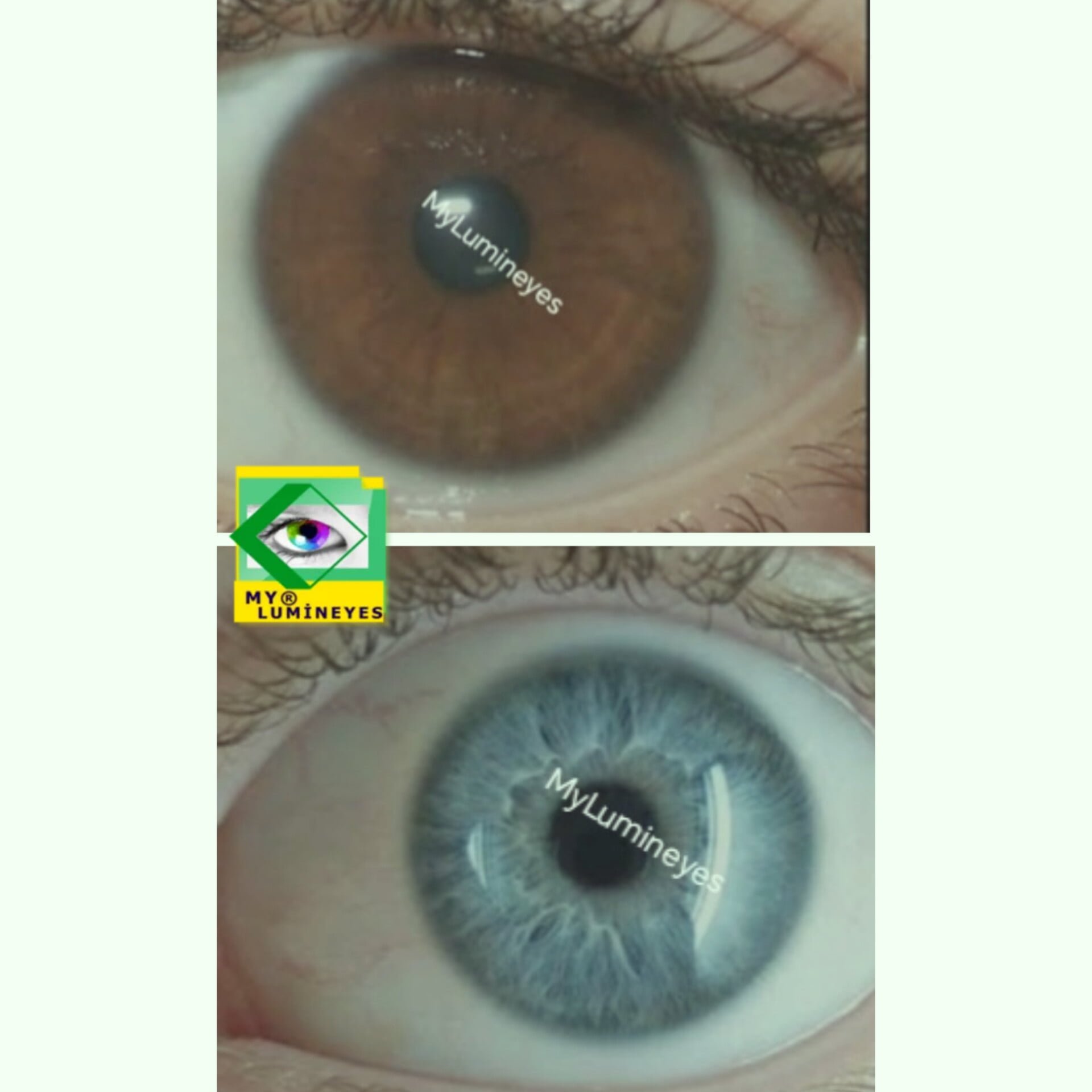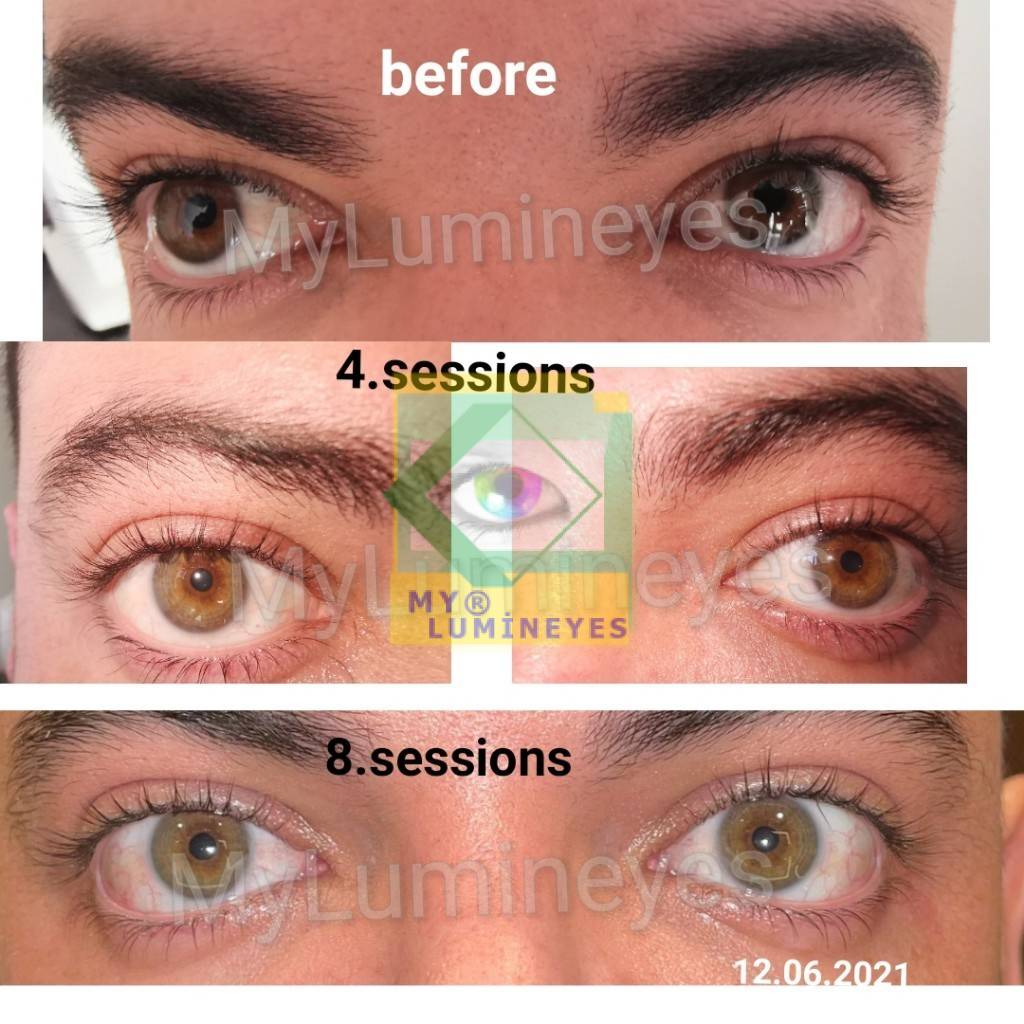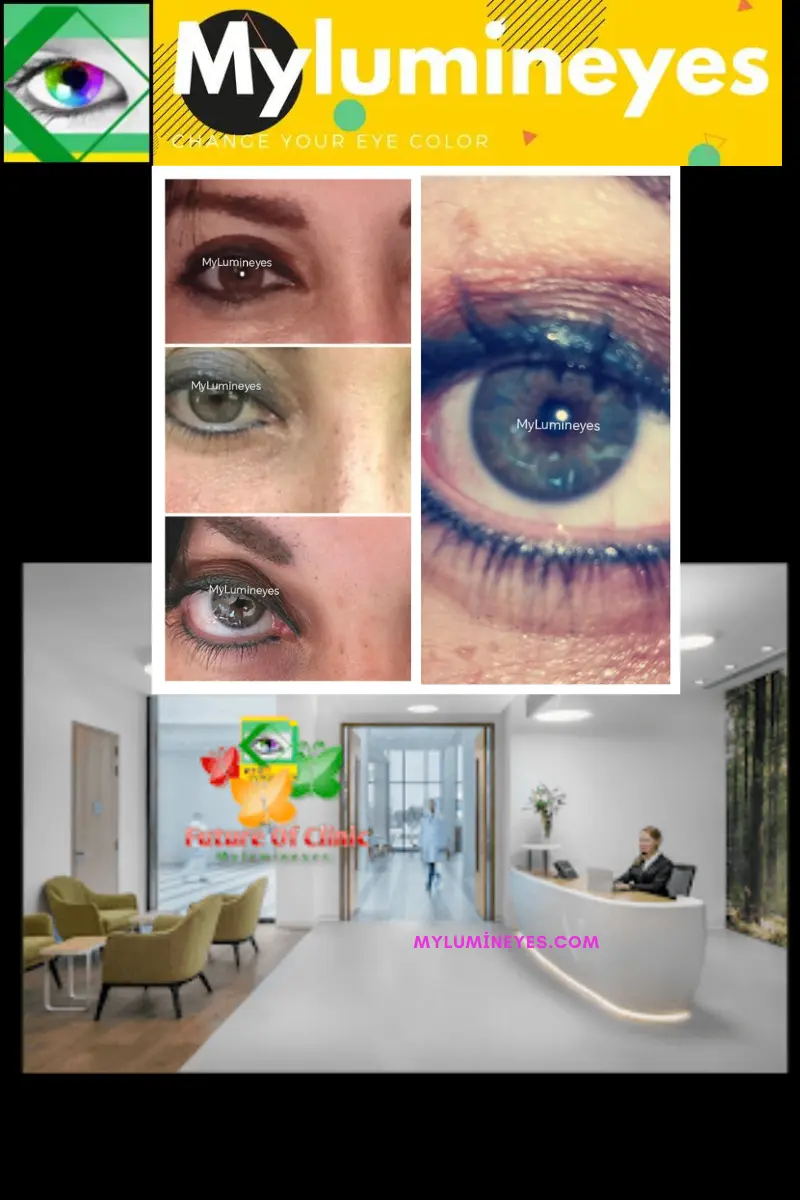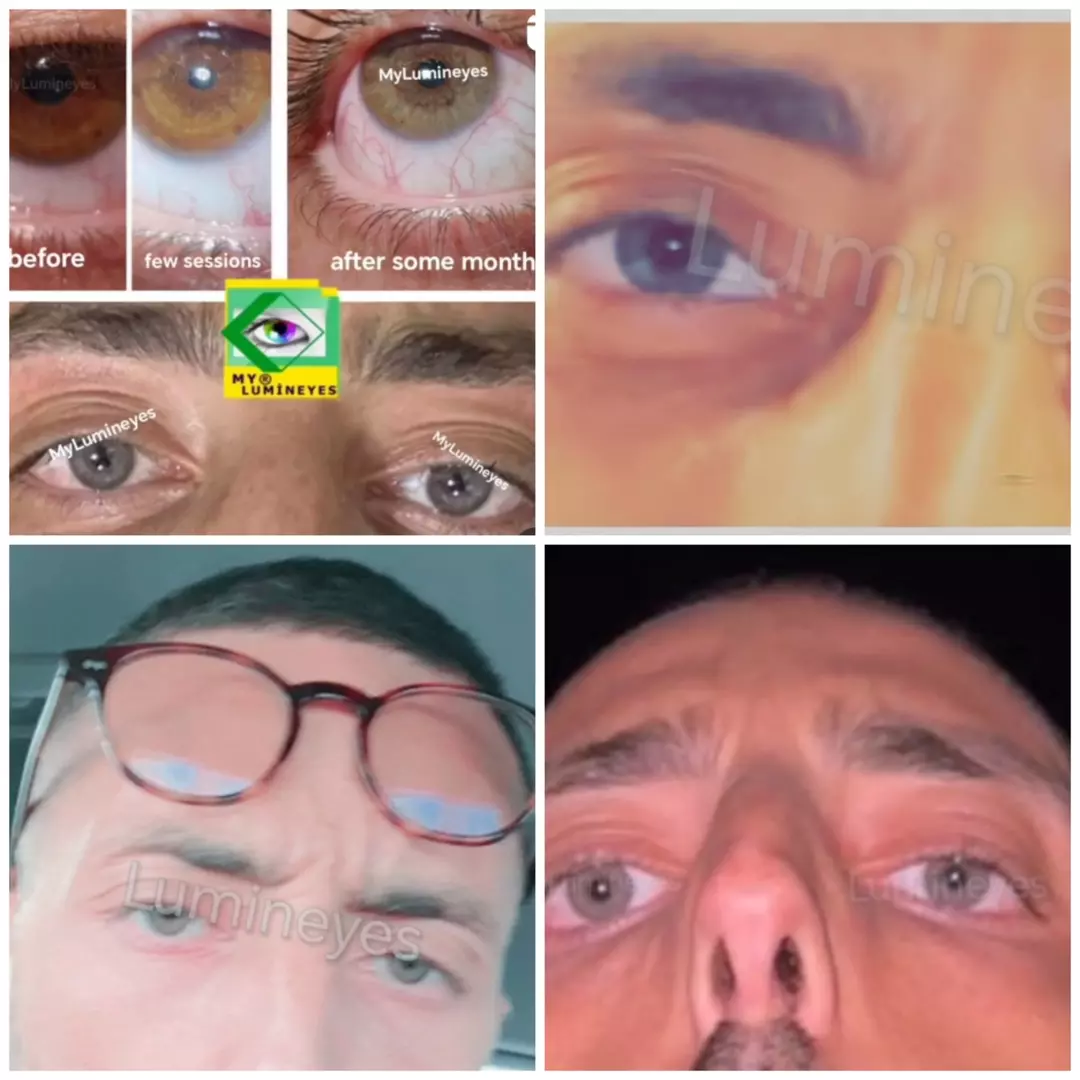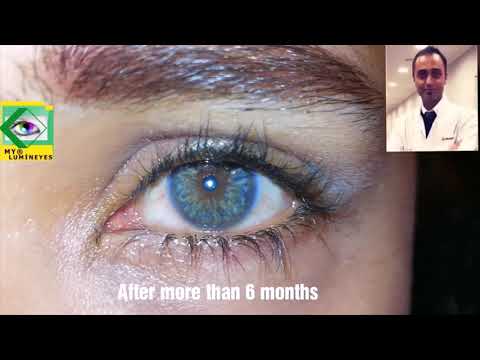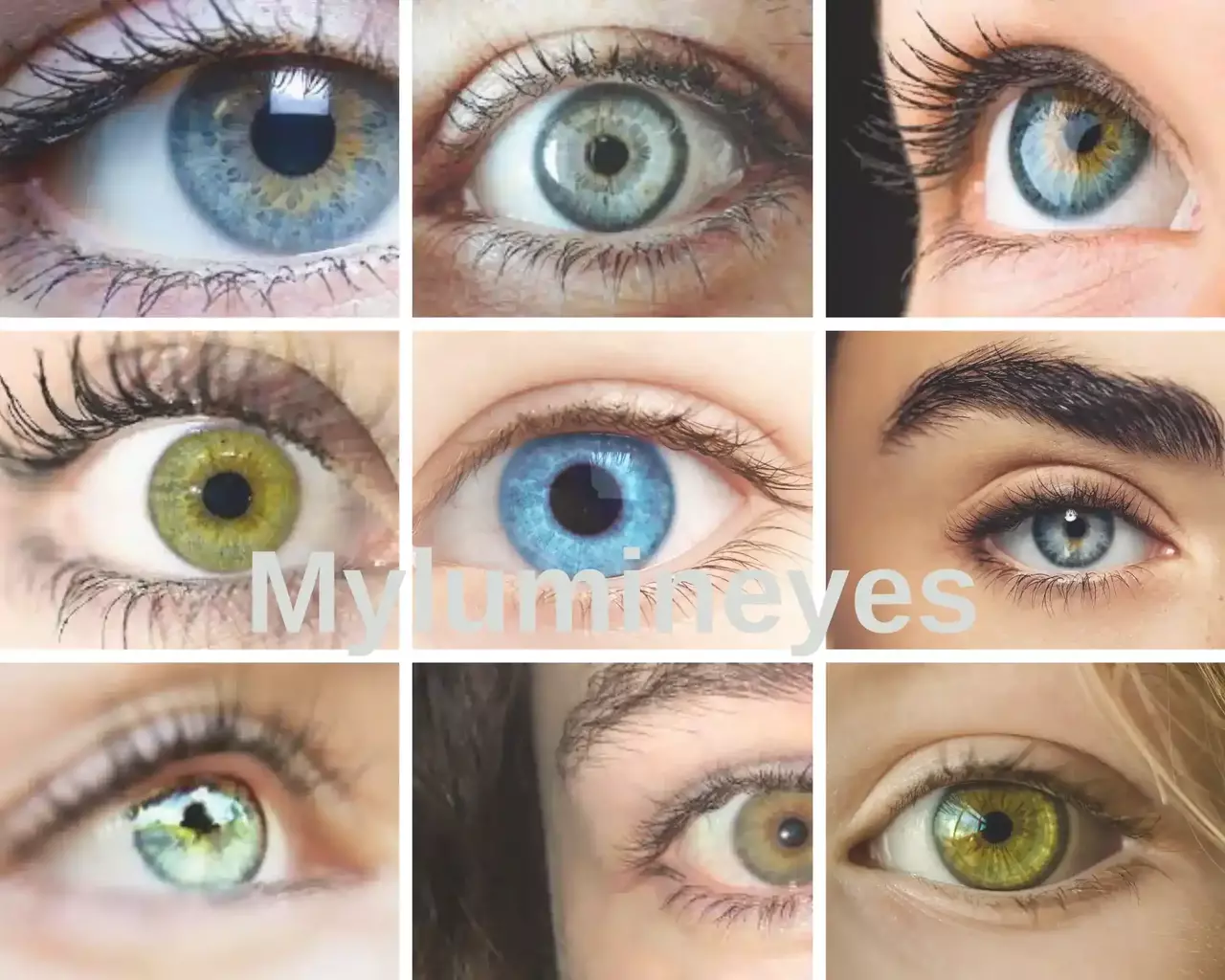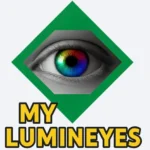Thyroid eye disease and treatment guide
Thyroid eye disease is an autoimmune disease characterized by inflammation of the eye muscles and fatty tissue behind the eye. What are the thyroid eye disease symptoms? This inflammation may cause the eyes and eyelids to become red and swollen, as well as cause the eyes to bulge forward. In certain individuals, disease can affect the eye muscles, resulting in bulging eyes and double vision.
Thyroid eye disease-TED can result in significant eye complications. Some of these issues are aesthetic, such as enlargement of the eyes, protrusion or bulging of the eye, or puffiness of the eye, but there may also be vision issues and significant eye conditions, such as double vision and strabismus. The most prevalent cause of eye enlargement is guatera, a thyroid disease. What should be done before and after treatment for thyroid eye disease?
Numerous eye problems and abnormalities are caused by the autoimmune inflammatory disease of the thyroid gland, which plays an essential part in the control of the metabolism. The muscles around the eyes, the orbital adipose tissue, and the eyelids are damaged in the orbit and adjacent tissues.
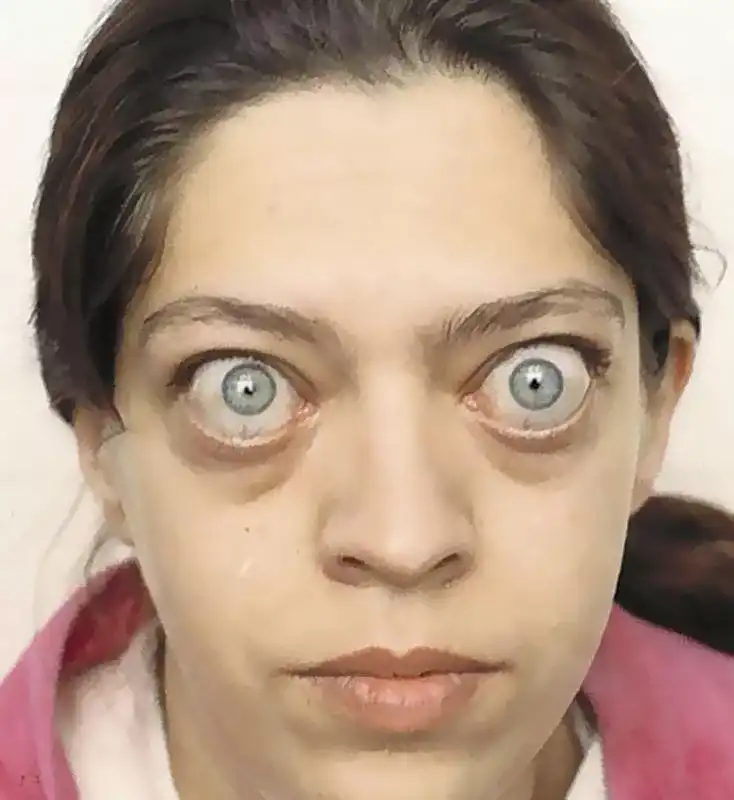
The upward tugging of the top eyelid is one of the two most typical signs of this disease. In early stages, such individuals might be treated with Botox injections. In advanced stages, surgical correction of the valve may be necessary.
The second most prevalent eye symptom is eye protrusion. This is caused by the accumulation of fat and muscle behind the eyes. If this condition becomes visually objectionable or so severe that it dries up and irritates the translucent layer of the eye (cornea), surgical treatment is indicated. In this instance, a surgical procedure is utilized to enlarge the bony eye socket. Hyperthyroidism is a disease that results from the overactivity of the thyroid gland and the secretion of an excessive amount of thyroid hormone (TSH) into the circulation.
Thyroid ophthalmopathy, often known as thyroid eye disease, refers to a condition that affects the eyes as a result of thyroid dysfunction.
Graves’ ophthalmopathy is the medical term for the expansion of the eyes, known as “Exophthalmitis,” and the swelling around the eyes that commonly happens in individuals with Graves’ disease, which is characterized by an overactive thyroid gland or toxic goiter.
Thyroid orbitopathy, often known as “Graves orbitopathy,” can vary in severity and could cause visual loss. Proptosis, severe xerophthalmia, and compression of the optic nerve are all potential etiologies of visual impairment and vision decline. Graves(thyroid ophthalmopathy) is an autoimmune disease that affects the orbital and extraocular muscles, regardless of the presence or absence of a thyroid condition.
Even though eye problems are closely linked to Graves’ disease, they can happen even if the thyroid is working well.
In up to 30% of Graves’ disease patients, the immune system and inflammation impact the muscles and adipose tissue around the eyes.
Potential consequences encompass protrusion of the eyes, intense gaze, ocular discomfort or pain, bulging or retracted eyelids, redness of the eyes, light sensitivity, diplopia, and visual impairment.
What are the indications and symptoms of thyroid eye disease (TED)?
Some of Thyroid eye disease symptoms are;
- Bulging of the eyes (exophthalmia, proptosis)
- Eye discomfort when looking up, down, or sideways.
- Dry eye, irritation, dryness, and contact lens wear problems.
- Large apertures in the door openings
- Eye and adjacent tissue inflammation and enlargement
- Eyes bloodshot and reddened
- Sometimes double vision
- visual impairment
- Eye discomfort resulting in stinging eyes
- glaucoma
- strabismus
- optic nerve damage (optic neuropathy)
- Blurred vision
What is Bulging eye disease?
The most prevalent cause is hyperthyroidism, also known as Basedow-Graves’ disease, which is the result of an overproduction of thyroid hormone by the thyroid gland. This disease is also referred to as “poisonous goiter” by the general public. In this disease, the eyes protrude due to the enlargement and excessive development of the fat pads that protect the eyeballs.
This also called ; Bulging eye disease.
Excess thyroid hormones secreted as a result of Graves’ eye can cause the muscles and adipose tissue around the eyes to expand, causing the eye to bulge forward. Graves’ disease is distinguished by the bulging of the eyes. This is known as exophthalmosis or bulging eye disease .
The inflammatory response causes the muscles that move the eyeball to swell, which impairs their mobility. Patients in this case report double vision and strabismus. In the initial phase, these individuals might be fitted with special prismatic spectacles. Uncomfortable individuals can still have strabismus surgery, despite this fact.
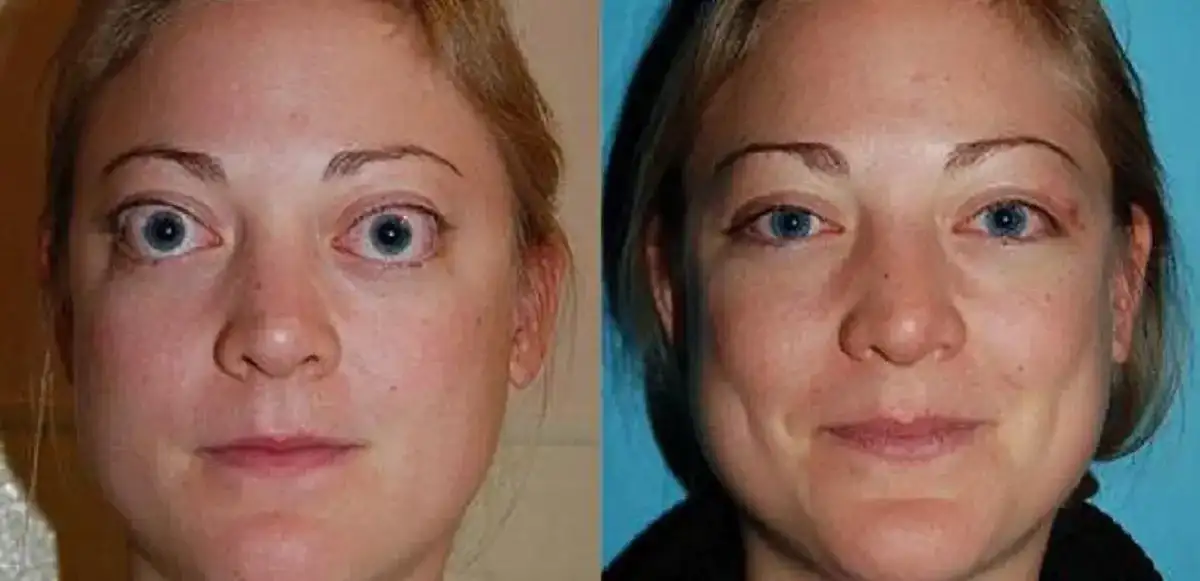
Hyperthyroidism-induced optic neuropathy
Particularly in those with bigger extraocular muscles, the blood flow and nutrition of the optic nerve may be affected. This damages the visual nerve. The most critical condition that calls for treatment in thyroid-related eye disease is disturbance of optic nerve function.
After the requisite imaging and other investigations, these individuals can get high-dose cortisone therapy. Then, “orbital decompression surgery” could be indicated. Early identification of optic neuropathy will improve therapy efficacy.
Does the thyroid cause dry eyes?
The most prevalent symptoms of thyroid eye disease include dryness and irritation of the eyes, eyelid enlargement and retraction, double vision, vision loss, and unstable vision. The cornea dries out from too wide eyelid opening. Early stages of corneal dryness show stinging in the eyes and visual blurring. At this point artificial tear drops and, if needed, eye closure techniques are helpful. Apart from the above guidance, some people may find value in valve surgery. Eye surgery could be required in cases whereby the cornea has been seriously damaged.
How does thyroid eye disease treatment work?
Usually, both an ophthalmologist and an endocrinologist are required to treat thyroid eye disease. ‘ The progression of thyroid eye disease comprises two phases. Symptoms begin gradually and might persist for up to 36 months during the initial stage.
After this period, the eye problems often follow the same pattern. During the first phase, time is spent monitoring the progression of the disease and administering hyperthyroidism therapies such as avoiding double vision and protecting eyesight.In the second step, irreversible changes are corrected. If double vision continues after the first phase, it can potentially be surgically repaired.
The majority of patients merely require supportive care.
Vision-threatening effects are uncommon among the majority of individuals. Two-thirds of patients respond favorably to therapy between 18 and 36 months after the onset of the disease. Patients must be checked on a routine basis, however, to avoid uncommon but significant problems like eyesight loss.
When the amount of thyroid hormone in the blood rises, it can cause sweating, heart palpitations, irritation, hair loss or growth in the eyeballs, injury or inflammation of the optic nerve, blurred vision, trouble moving the eyes, and double vision. Surgical removal of all or part of the thyroid gland helps manage this disease in people who do not respond to medication treatment.
What happens if Graves’ disease- TED eye disease is not treated?
When Graves’ disease is left untreated, bones grow increasingly brittle and weak. Untreated Graves’ disease can lead to heart disease. It can cause arrhythmia, degeneration of the heart muscle, and cardiac failure. A thyroid storm can develop in some people. In such instances, orbital decompression surgery enlarges the volume of the orbit and restores normal pressure levels around the eye and optic nerve.
This operation will protect patients from eyesight loss and release pressure and discomfort relieving effect. Exophthalmos can occasionally also be present. Surgery, radioactive iodine, and antithyroid drugs can all help with the illness.Iodine therapy is most effective in patients under 40 years of age.
Can thyroid-caused bulging eye disease be permanently treated?
If the prominence and size of these eyes are severe and unsightly, a procedure called orbital decompression can be used to treat them.
Before this procedure, thyroid hormones must be under control for at least six months.
One must naturally expect the era of stagnation of the disease.
Can laser treatment be carried out both before and following thyroid eye disease treatment?
Should exophthalmos arise from high thyroid levels, laser eye surgery should be postponed and assessed once the thyroid level has been adjusted. The thyroid makes a laser eye color change surgery impossible for bulging eyes.

